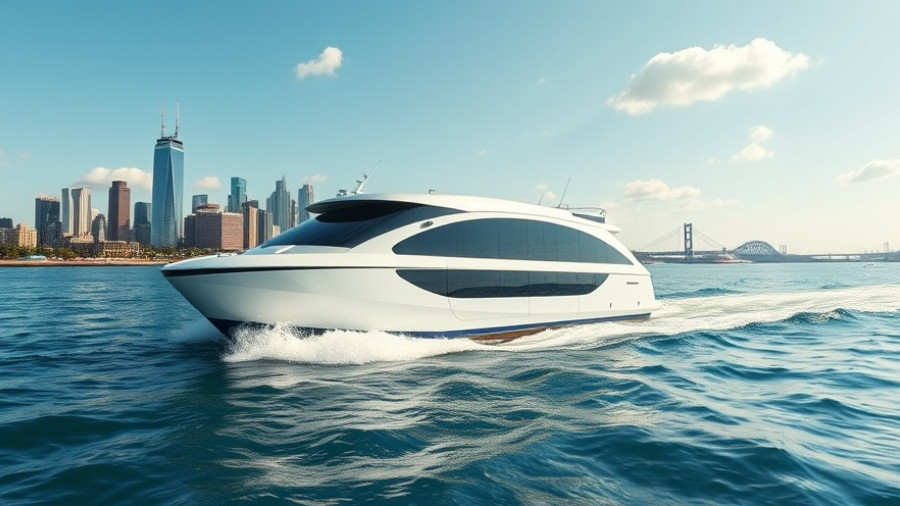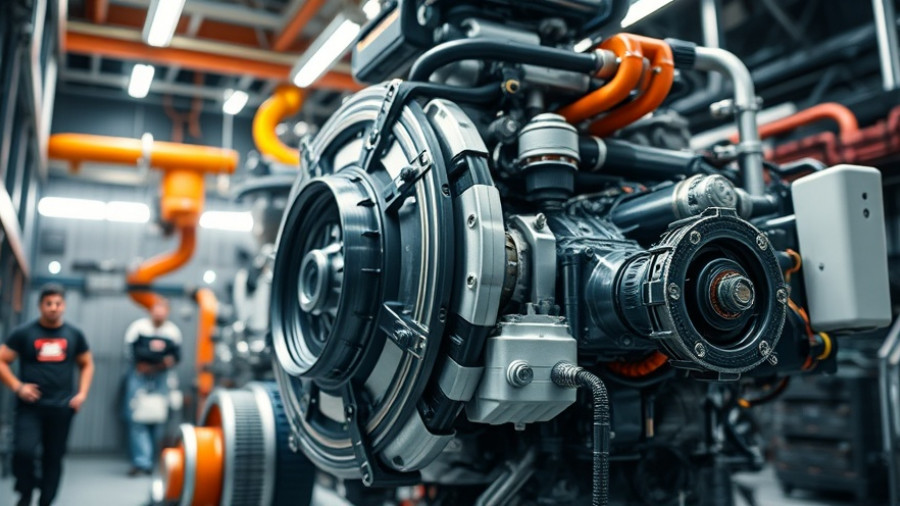
Expanding the Marine Highway Network: A Game Changer for Local Economies
On July 10, 2025, the U.S. Department of Transportation marked a significant milestone by designating 848 new miles of navigable waterways under the U.S. Marine Highway Program (USMHP). In the announcement, Secretary of Transportation Sean Duffy emphasized the importance of this expansion, especially for the Great Lakes economy and regional communities. The newly designated routes highlight the vital role America's rivers and inland ports play in connecting local economies to broader markets.
The Strengthened M-90 Route: Connecting the Midwest
The expansion includes enhancements to the M-90 route, stretching 2,345 miles from Minnesota to New York across the Great Lakes region. With the addition of seven new sponsors, this route is poised to support increased efficiency for regional transport. Local sponsors like the State Departments of Transportation for Wisconsin, Illinois, Minnesota, Michigan, New York, and other regional port authorities now have a crucial role in promoting marine transportation that directly benefits their communities.
Why the Marine Highway Matters: Reducing Congestion and Boosting Jobs
U.S. Marine Highways offer a reliable and cost-effective option for transporting goods, alleviating pressure from overburdened roads and railways. As freight demands continue to escalate, waterways can provide effective solutions for moving products across long distances swiftly. This not only ensures that goods reach markets efficiently but also fosters job creation within port communities and the surrounding areas.
Federal Support: Grants and Local Sponsorships
The USMHP empowers local entities by awarding federal grants to public and private sector projects along designated routes. New sponsors are vital to this process, as they provide essential local insights and oversight for applicants seeking federal assistance. By ensuring localized support for marine transportation initiatives, the program strengthens the foundation for economic growth across diverse regions.
Looking Ahead: Applications Open for New Projects
As part of the expansion, the USMHP is actively seeking grant applications through July 15, 2025. With new sponsors eager to support their local communities, there is a wealth of opportunities for innovative projects that align with the goals of the Marine Highway Program. Participation in this program can offer invaluable benefits to regional businesses and enhance the overall economic landscape.
Community Impact: A Broader Perspective
The expansion of the Marine Highway Program isn’t just a logistical upgrade; it's a reflection of innovative thinking aimed at community enhancement. By connecting local sponsors with the broader transportation network, communities across the Midwest and other regions can work collaboratively to grow their economies while addressing logistical challenges. This could represent a paradigm shift in how goods are moved and how communities engage with transportation networks.
Conclusion: Embracing Opportunities with the Marine Highway Program
The designation of 848 new miles of marine highway could very well be a transformative development for America’s transportation infrastructure. As maritime transportation continues to evolve, communities should seize this opportunity to engage with the resources available through the USMHP. With grant applications currently open, there has never been a better time for cities, states, and businesses to explore the benefits of marine highways, thereby enhancing their economic futures.
 Add Row
Add Row  Add
Add 




Write A Comment